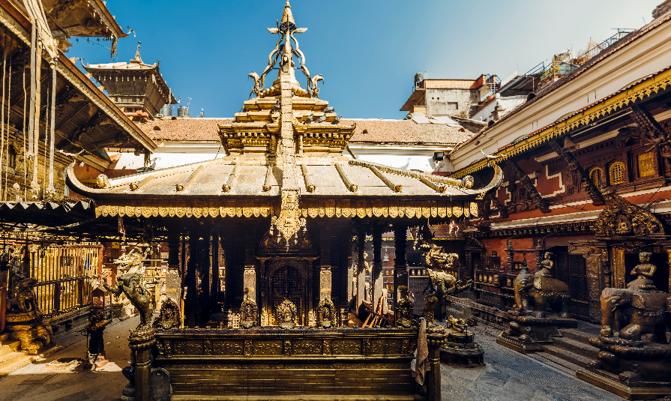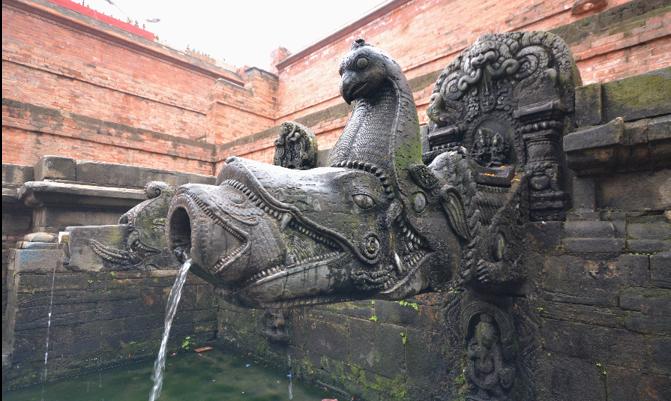Lalitpur
Lalitpur: Unveiling the Ancient City of Art and Architecture
Nestled in the Kathmandu Valley of Nepal, Lalitpur, also known as Patan, is a city steeped in history, art, and culture. Renowned for its exquisite temples, intricate woodwork, and vibrant festivals, Lalitpur offers visitors a glimpse into Nepal's rich heritage and architectural splendor. From its bustling market squares to its serene courtyards, the city exudes a timeless charm that captivates all who wander its labyrinthine streets.
A City of Artisans
Lalitpur has long been a center of craftsmanship and creativity, with a tradition of artisanal excellence that dates back centuries. The city's Newar inhabitants, known for their skill in woodcarving, metalwork, and stone masonry, have adorned Lalitpur with a wealth of architectural masterpieces. The Patan Durbar Square, a UNESCO World Heritage Site, is a testament to their craftsmanship, featuring intricately carved temples, palaces, and statues that showcase the finest examples of Newar architecture.
Architectural Marvels
At the heart of Lalitpur lies the Patan Durbar Square, a sprawling complex of palaces, temples, and courtyards that served as the royal palace of the Malla kings. The square is home to the majestic Krishna Mandir, a stone temple dedicated to Lord Krishna, renowned for its exquisite carvings and ornate roof struts. Nearby, the Golden Temple (Hiranya Varna Mahavihar), with its gilded façade and intricate metalwork, stands as a shining example of Newar Buddhist architecture.
Cultural Heritage
Lalitpur is not just a city of temples; it is also a city of festivals and traditions that celebrate its rich cultural heritage. The annual Rato Machhindranath Jatra, held in the spring, is one of the city's most vibrant festivals, featuring colorful processions, masked dances, and ancient rituals. During the festival, devotees pull a massive chariot bearing the idol of Rato Machhindranath, the god of rain and harvest, through the streets of Lalitpur, seeking blessings for prosperity and abundance.
Living History
Despite the passage of time and the challenges of modernization, Lalitpur remains a living museum of Nepali culture and heritage. The city's narrow streets are lined with centuries-old buildings adorned with intricately carved windows, doors, and lintels, offering glimpses into a bygone era. Traditional Newar houses, with their distinctive red-brick façades and elaborately carved eaves, stand as a testament to the ingenuity and craftsmanship of the city's artisans.
Preserving the Past, Embracing the Future
As Lalitpur continues to evolve and grow, efforts are underway to preserve its architectural heritage and cultural traditions. Restoration projects, supported by government agencies and international organizations, aim to safeguard historic buildings and monuments for future generations to appreciate. At the same time, initiatives to promote sustainable tourism and heritage education seek to ensure that Lalitpur's unique identity and charm endure in the face of modern pressures.
Visiting Lalitpur
For travelers seeking an authentic cultural experience, Lalitpur offers a wealth of attractions and activities. Visitors can explore the winding streets of the old city, admire the exquisite craftsmanship of its temples and palaces, and immerse themselves in its vibrant festivals and traditions. The city's guesthouses and eateries provide comfortable accommodations and authentic Newari cuisine, while its markets offer a treasure trove of handicrafts and souvenirs.
Conclusion
Lalitpur, with its rich history, artistic heritage, and vibrant culture, is a city like no other. From its ancient temples to its bustling market squares, every corner of Lalitpur tells a story of creativity, craftsmanship, and tradition. As visitors wander its streets and marvel at its architectural wonders, they are transported back in time to a world of kings and artisans, gods and festivals. Lalitpur is not just a city; it is a living testament to the enduring spirit of Nepal's cultural heritage.



